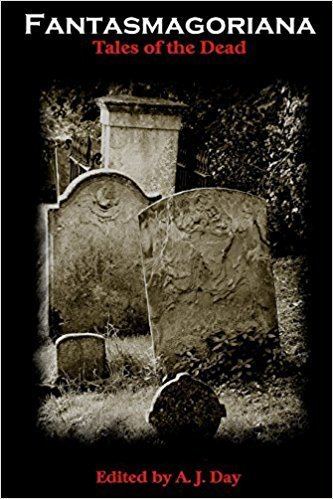Country France Publisher F. Schoell Media type Print, Duodecimo Originally published 1812 | Publication date 1812 Pages 600 Page count 600 OCLC 559494402 | |
 | ||
Similar Gothic fiction books, Other books | ||
Fantasmagoriana
Fantasmagoriana is a French anthology of German ghost stories, translated anonymously by Jean-Baptiste Benoît Eyriès and published in 1812. Most of the stories are from the first two volumes of Johann August Apel and Friedrich Laun's Gespensterbuch (1811), with other stories by Johann Karl August Musäus and Heinrich Clauren.
Contents
It was read by Lord Byron, Mary Shelley, Percy Bysshe Shelley, John William Polidori and Claire Clairmont at the Villa Diodati in Cologny, Switzerland during 1816, the Year Without a Summer, and inspired them to write their own ghost stories, including "The Vampyre" (1819), and Frankenstein (1818), both of which went on to shape the Gothic horror genre.
Fantasmagoriana the official promo video
Title
Fantasmagoriana takes its name from Étienne-Gaspard Robert's Fantasmagorie, a phantasmagoria show (French: fantasmagoria, from fantasme, "fantasy" or "hallucination", and possibly Greek: αγορά, agorá, "assembly" or "meeting", with the suffix -ia) of the late 1790s and early 1800s, using magic lantern projection through smoke together with ventriloquism and other sound effects to give the impression of ghosts (French: fantôme). This is appended with the suffix -iana, which "denotes a collection of objects or information relating to a particular individual, subject, or place".
The subtitle "Recueil d'histoires, d'apparitions, de spectres, revenans, fantômes, etc.; Traduit de l'allemand, par un Amateur" translates as "anthology of stories of apparitions of spectres, revenants, phantoms, etc.; translated from the German by an amateur".
The book and its title went on to inspire others by different authors, named in a similar vein: Spectriana (1817), Démoniana (1820) and Infernaliana (1822).
Stories
Eyriès chose a selection of eight German ghost stories to translate for a French audience. The first story ("L'Amour Muet") was from Johann Karl August Musäus' satirical retellings of traditional folk tales Volksmärchen der Deutschen (1786). The next ("Portraits de Famille") was by Johann August Apel, first published in 1805, but reprinted in his anthology Cicaden (1810). Of the remaining six tales, five were from the first two volumes of Apel and Laun's Gespensterbuch (1811), and one ("La Chambre Grise") was by the highly popular author Heinrich Clauren, which had been parodied by Apel in one of his Gespensterbuch stories ("Die schwarze Kammer", translated as "La Chambre Noire").
